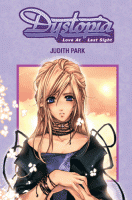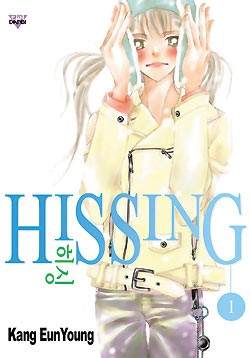Anime Expo was this past weekend, and a number of my favorite bloggers were there. Animanga Nation’s Faith McAdams covers the the Tokyopop panel and notes that Tokyopop made a big splash, bringing their tour bus right up to the convention center, while Eduardo Zacarias takes the Viz manga panel. ANN has thorough coverage of all the panels, both anime and manga oriented, as well as new title announcements from Tokyopop and Viz. Kelkagandy is pleased about the Viz news, and Lissa Pattillo has cover images of the new Viz and Digital titles.
Meanwhile, Matt Thorn is looking ahead to SDCC, where he will be interviewing Moto Hagio, and he invites readers to send in their questions.
Kate Dacey posts her list of The Best Manga You’re Not Reading from last week’s ALA panel of the same name.
David Welsh takes a look at the manga in the latest Previews.
Lori Henderson rounds up the week’s manga news at Manga Xanadu. Erica Friedman has the latest Yuri Network News, plus a late-breaking addendum, at Okazu.
Kai-Ming Cha wishes a happy 13th birthday to Fanfare/Ponent Mon.
Reviews: Tangognat takes a quick look at some recent Viz releases at her eponymous blog.
Greg McElhatton on vol. 1 of Afterschool Charisma (Read About Comics)
Lissa Pattillo on vol. 1 of Afterschool Charisma (ANN)
Julie Opipari on vol. 1 of Cactus’s Secret (Mania.com)
Susan S. on vol. 8 of Comic (Manga Jouhou)
Julie Opipari on vol. 7 of Dance in the Vampire Bund (Manga Maniac Cafe)
Greg Burgas on Eden: It’s an Endless World (Comics Should Be Good)
Lissa Pattillo on The Last Airbender (Kuriousity)
Nicola on vol. 1 of Library Wars (Back to Books)
Sean Gaffney on vol. 5 of Maid-Sama (A Case Suitable for Treatment)
Melinda Beasi on vol. 1 of Magical JxR (Manga Bookshelf)
Ed Sizemore on The Manga Biography of Kenji Miyazawa (Comics Worth Reading)
Kristin on vols. 1 and 2 of Maoh: Juvenile Remix (Comic Attack)
Todd Douglass on vol. 2 of The Melancholy of Haruhi Suzumiya (Anime Maki)
Michelle Smith on vols. 1 and 2 of Portrait of M & N (Soliloquy in Blue)
Leroy Douresseaux on vol. 13 of Reborn (I Reads You)
Michelle Smith on vols. 1-3 of Time and Again (Soliloquy in Blue)
Julie Opipari on vol. 3 of Time and Again (Manga Maniac Cafe)

